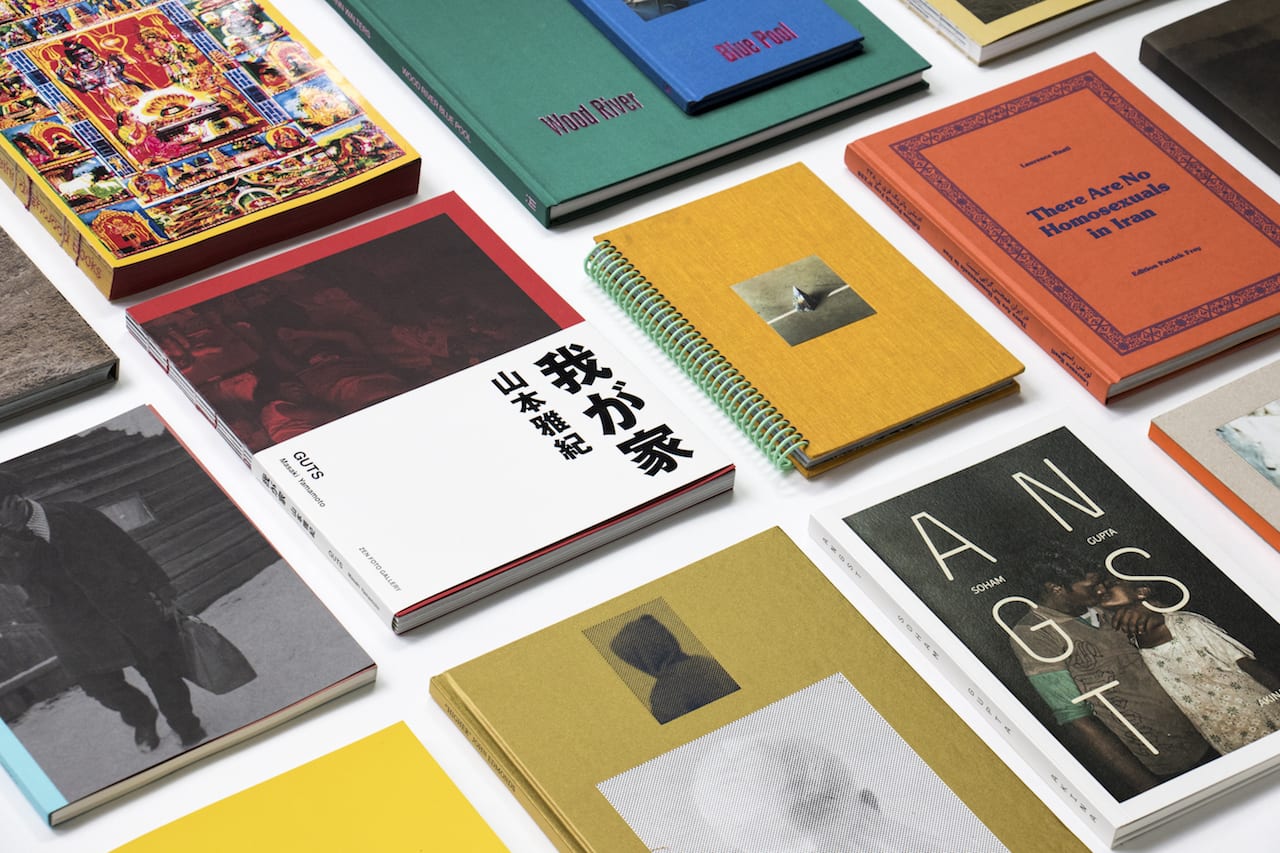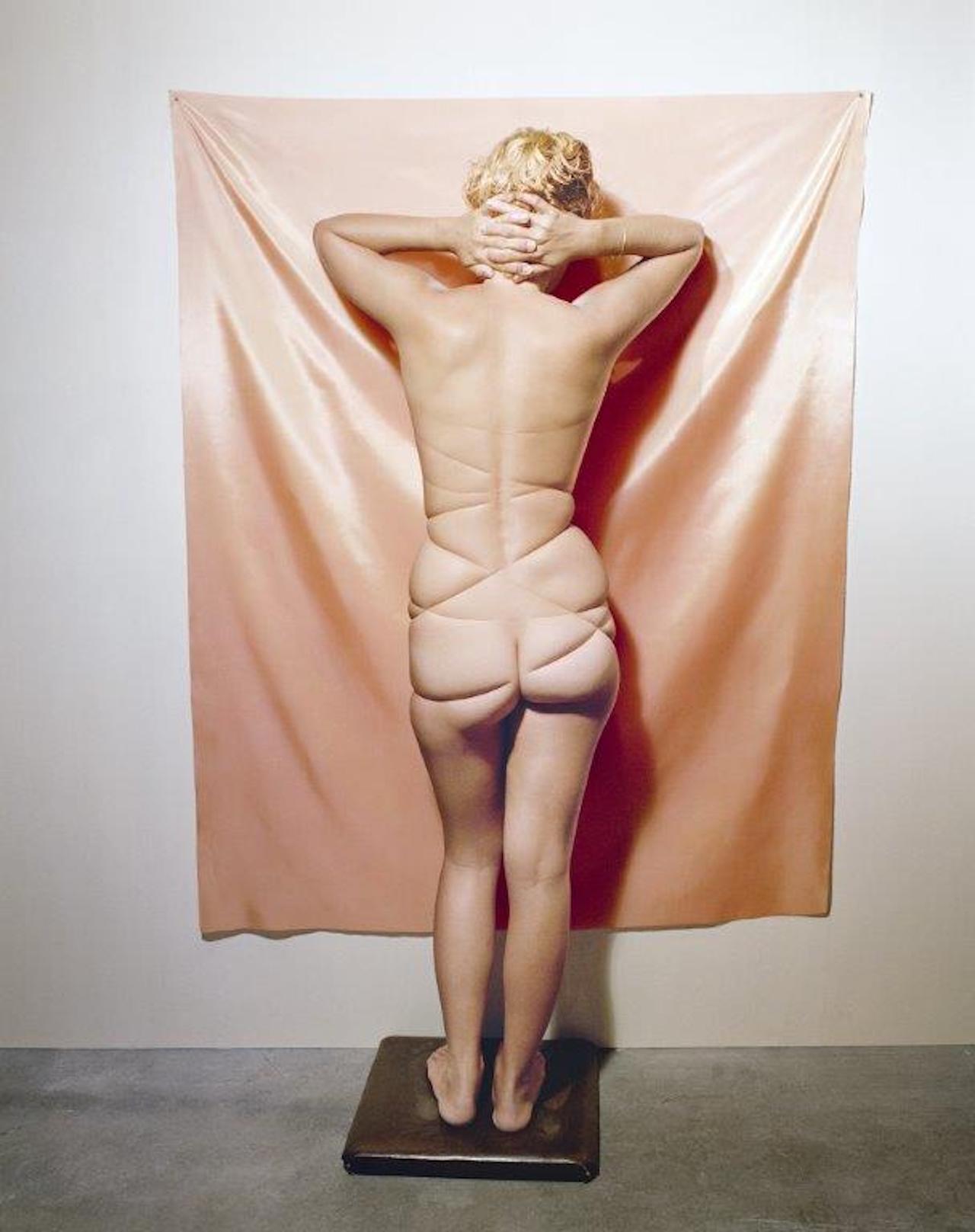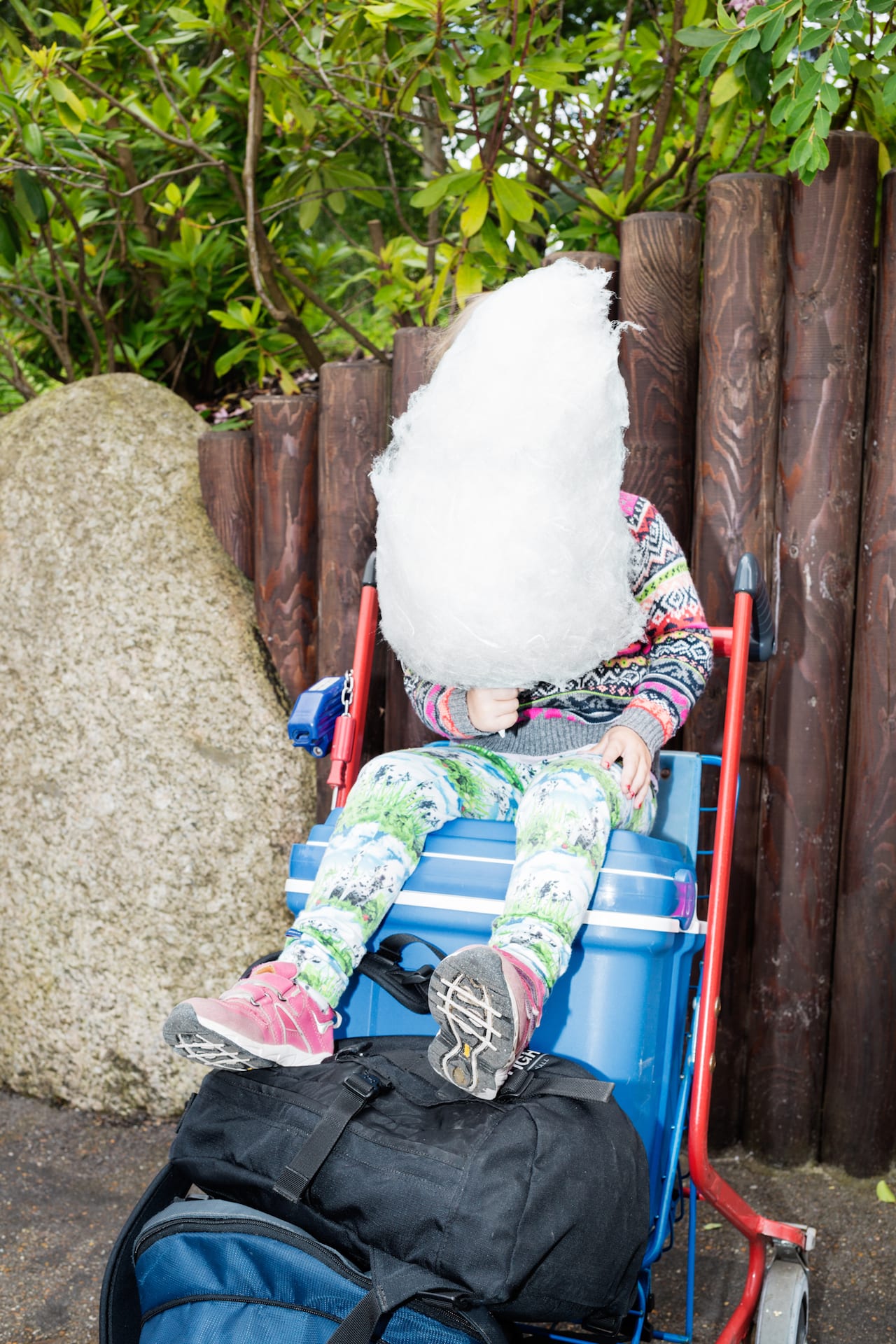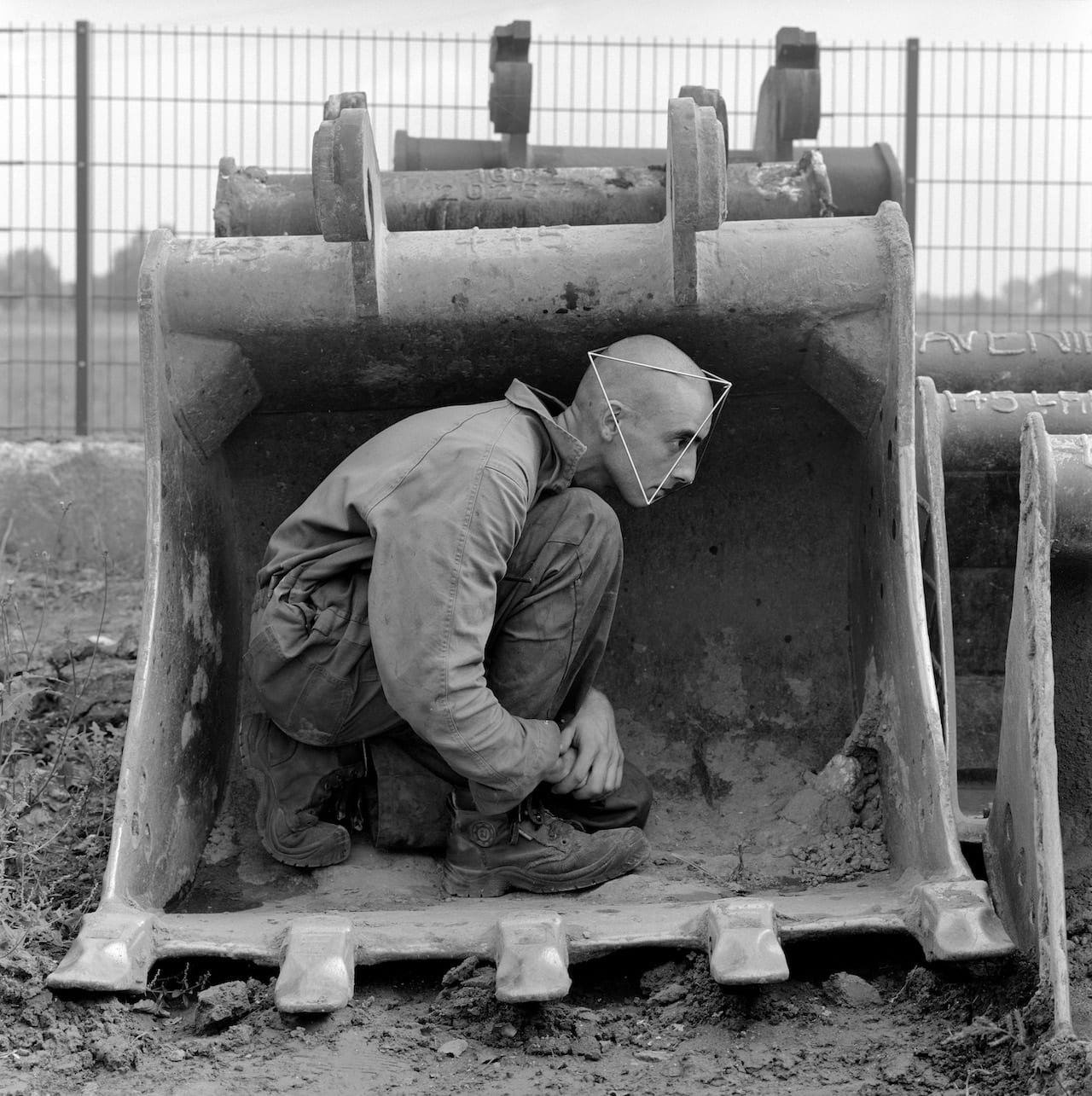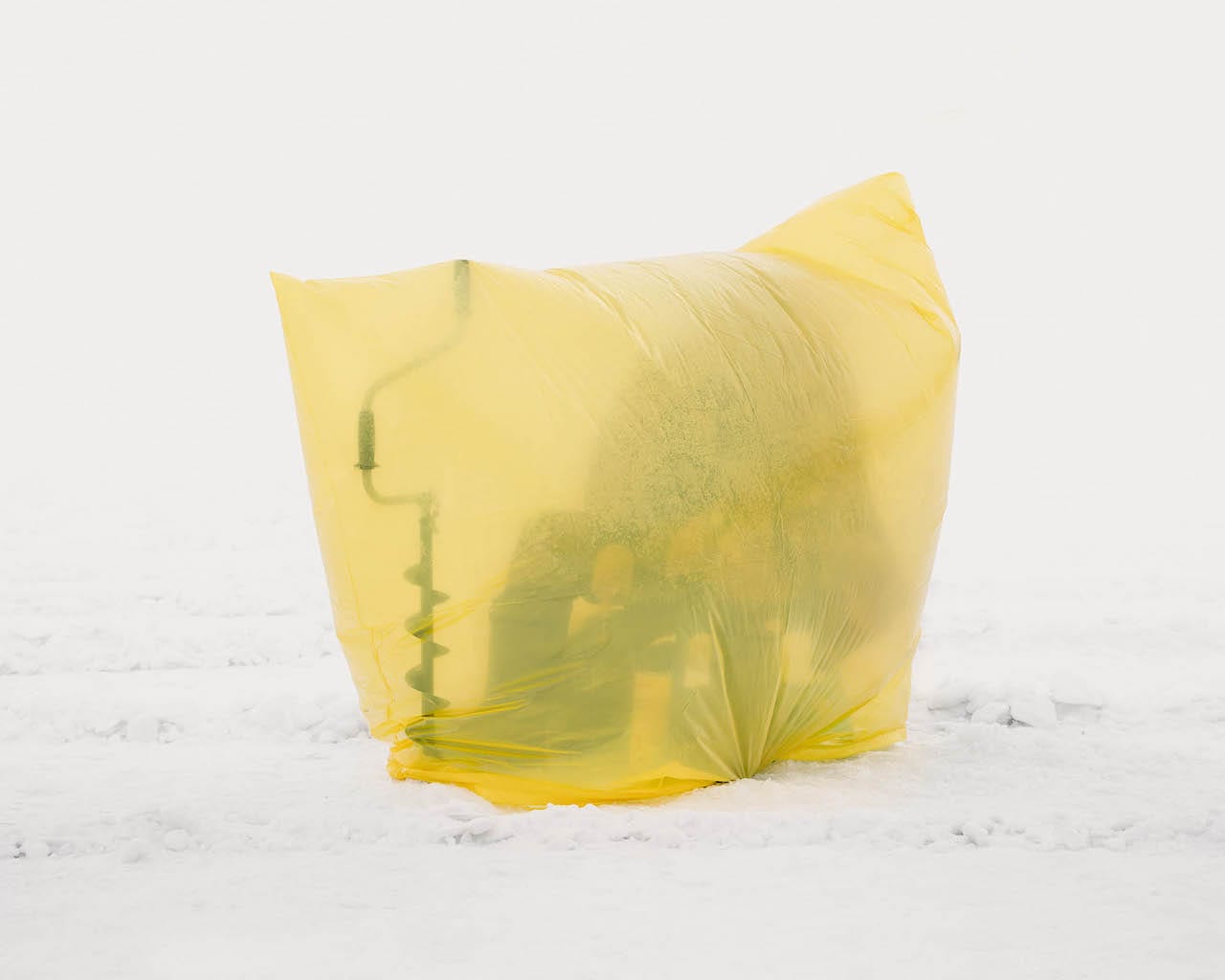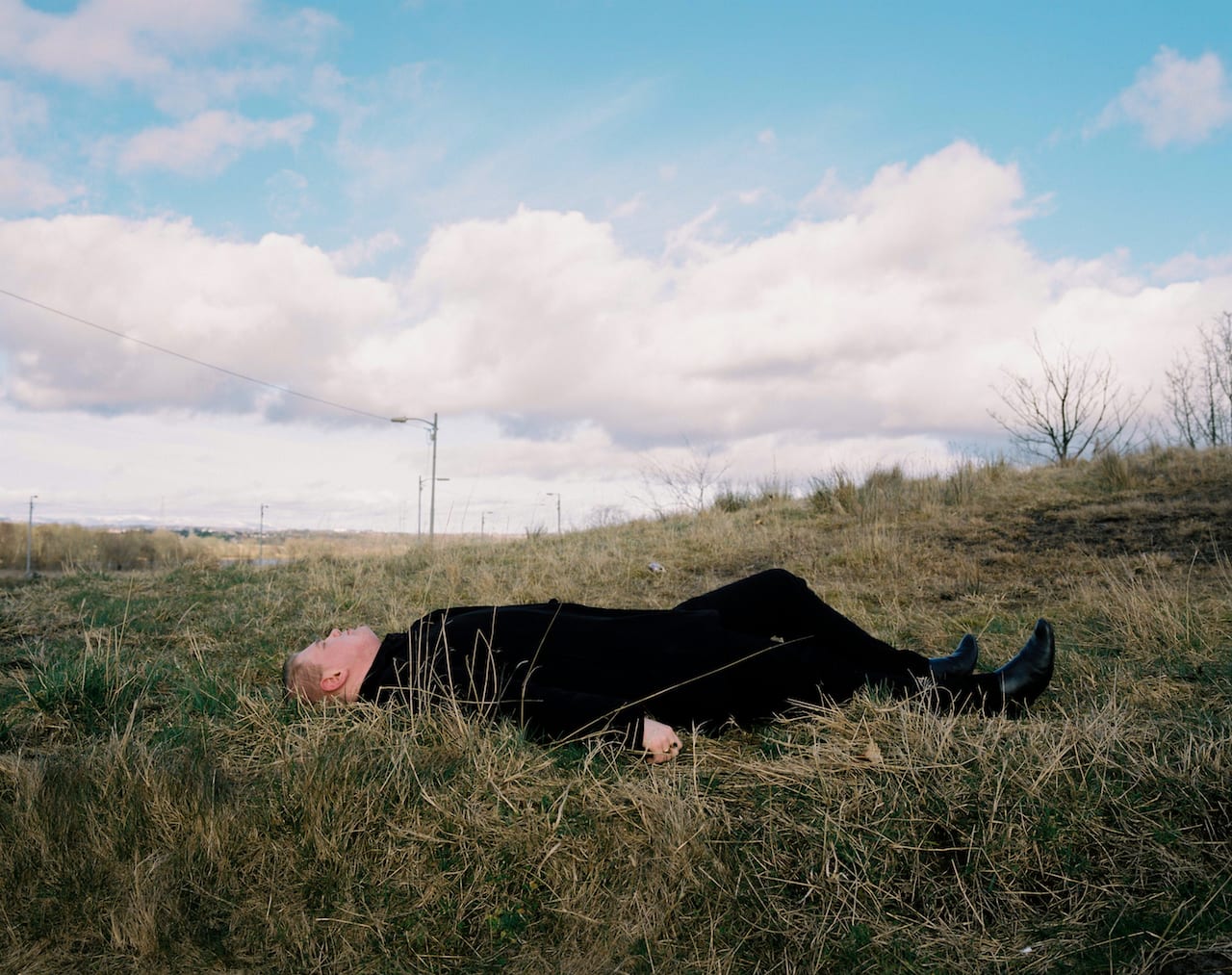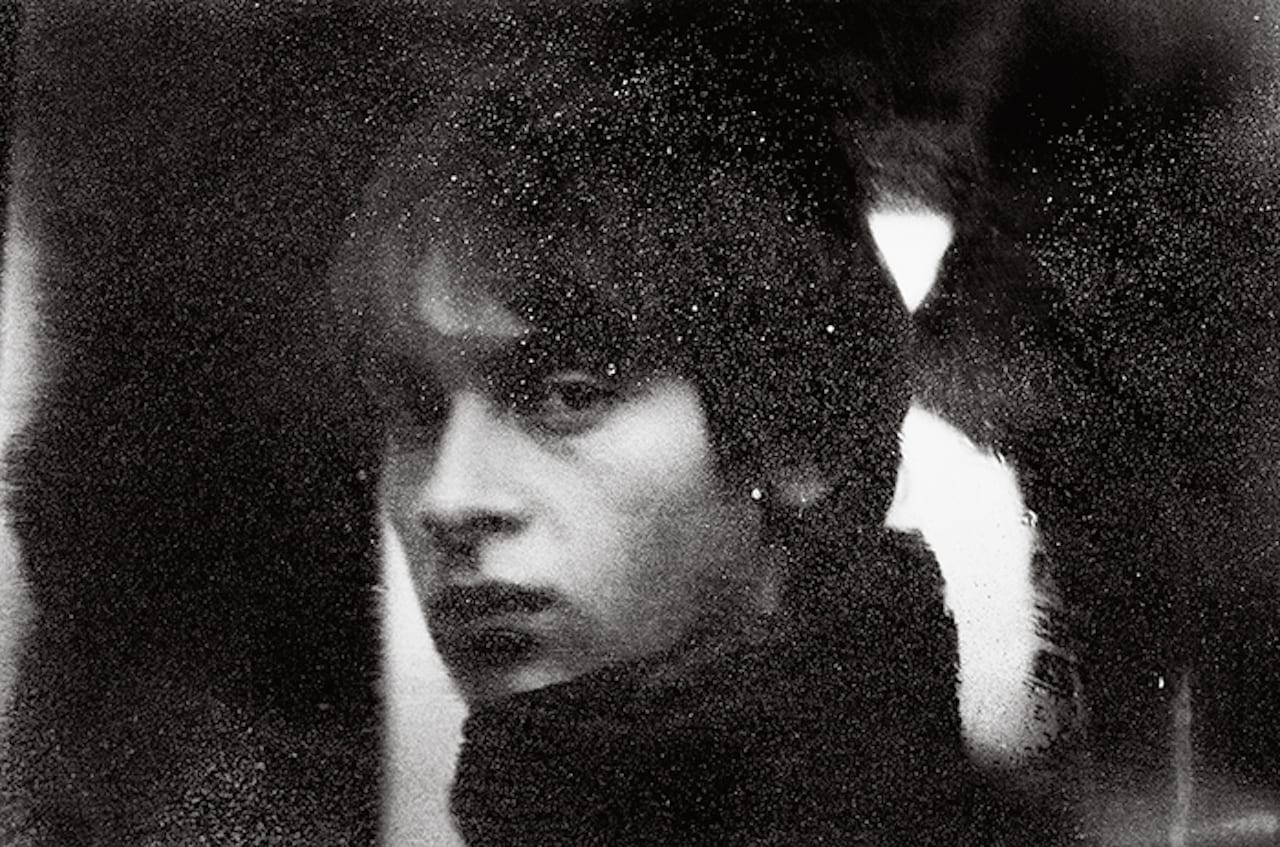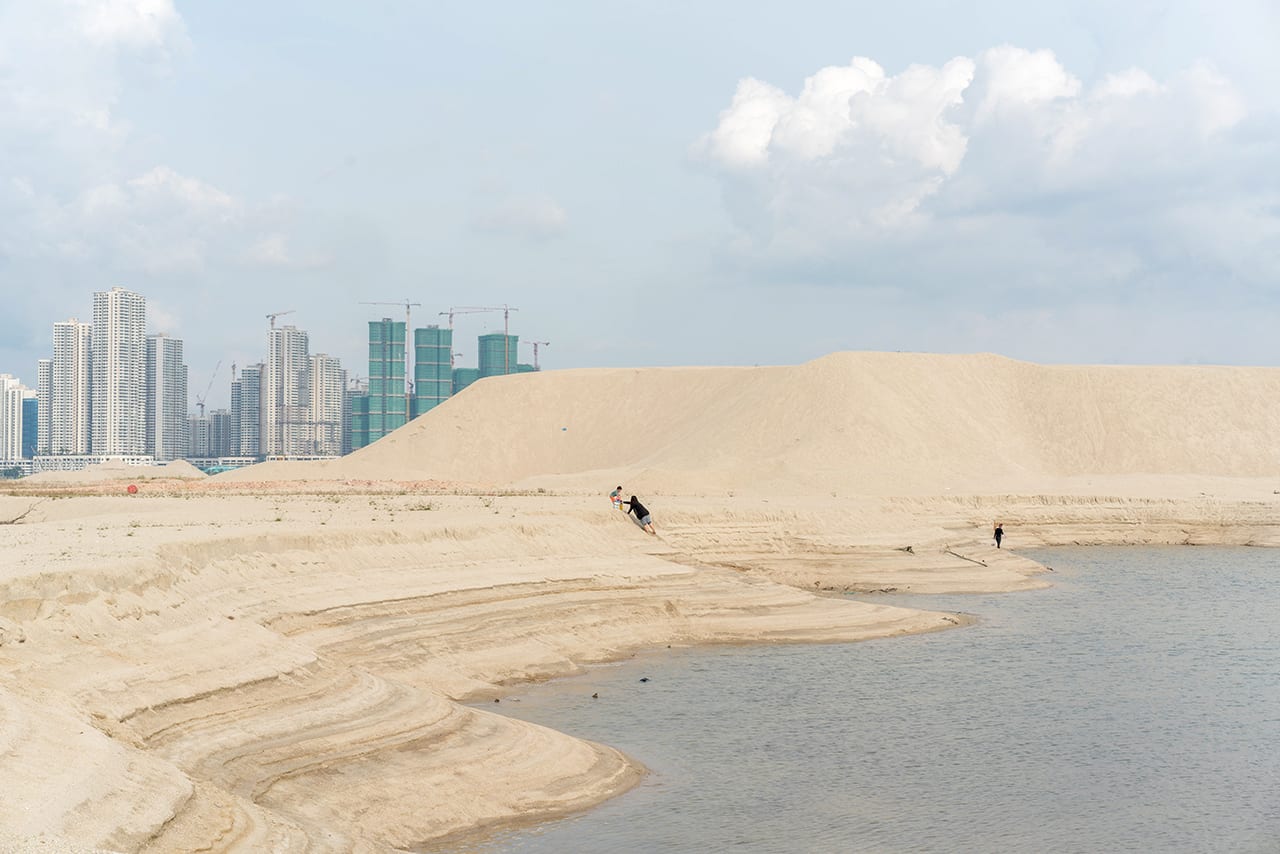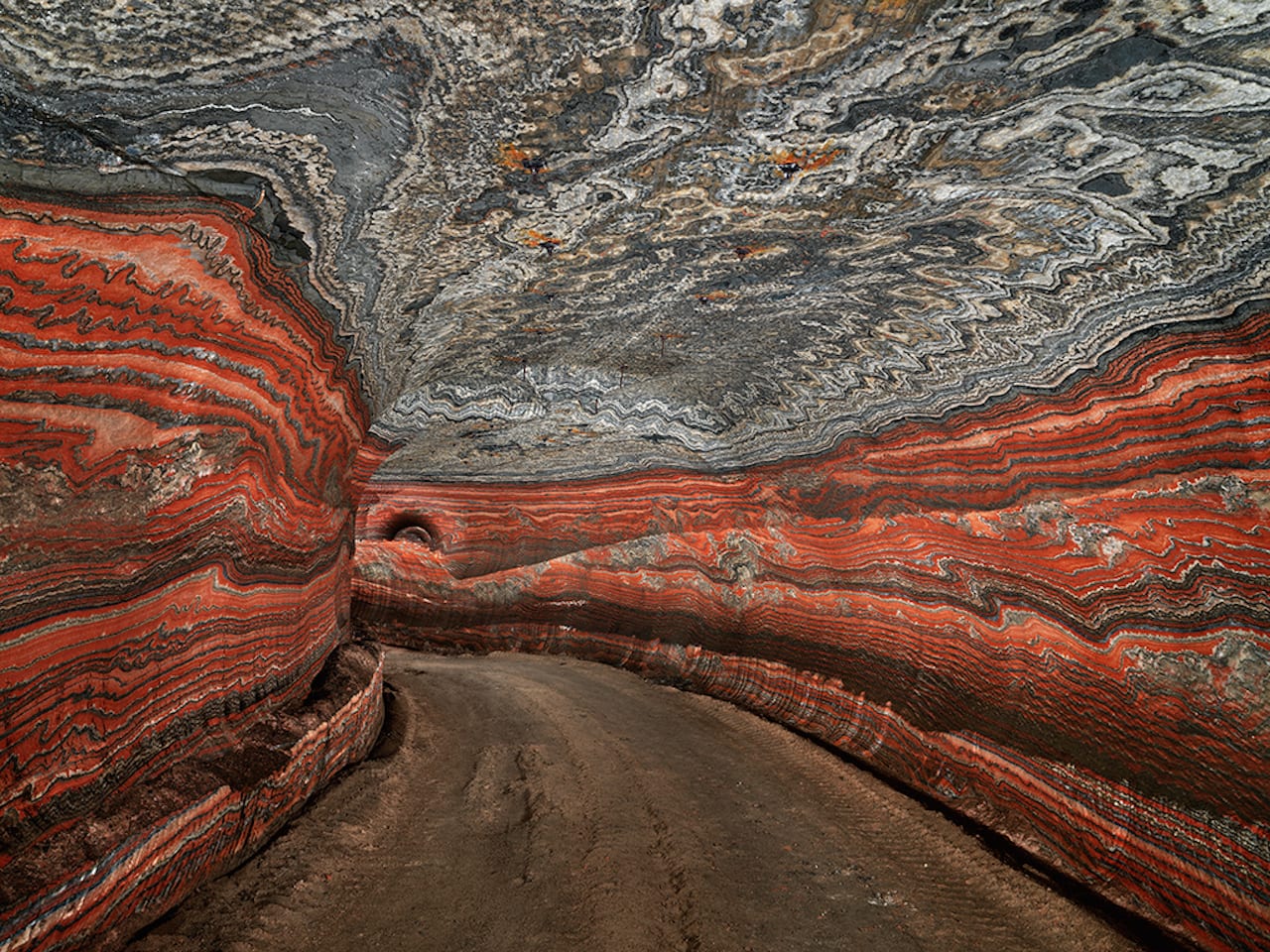Laia Abril, Nina Berman, Sohrab Hura, and Carmen Winant are all in the running for the prestigious Paris Photo/Aperture Foundation Photobook of the Year Award, which will be announced on 09 November at Paris Photo.
In total ten books have been shortlisted for the award; in addition, 20 books have been shortlisted for the First Photobook, and five for the Photography Catalogue of the Year. All the shortlisted books will go on show at Paris Photo and at the Aperture Foundation in New York, then tour to various venues across Europe, as well as being featured in the Autumn 2018 issue of The Photobook Review. In addition the Photobook of the Year winner will receive $10,000.

